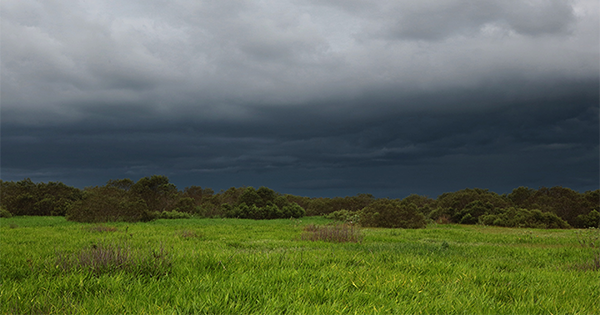
During the Atlantic hurricane season, it’s important for us all to know the tropical weather terms that may be used by meteorologists over the next several months. Did you know that understanding tropical terminology can help you stay informed and prepared this hurricane season?
From tropical disturbances to hurricanes, we’re highlighting the most common terms used to describe areas of tropical weather. Officials may use these terms if they need to issue important weather alerts.
Test your weather knowledge and get to know these terms:
- Tropical Disturbance: A weather system that originates in the tropics or subtropics and is not associated with fronts, characterized by disorganized showers and thunderstorms that last for at least 24 hours. A tropical wave is the most common type of tropical disturbance.
- Invest: An area of disturbed weather tagged by the National Hurricane Center, generally for data collection and monitoring.
- Tropical Cyclone: A non-frontal area of low pressure, originating over tropical or subtropical waters, characterized by a well-defined center of circulation with organized showers and thunderstorms.
- Potential Tropical Cyclone: A gradually-organizing tropical disturbance that has a high chance of soon becoming a tropical or subtropical cyclone.
- Tropical Depression: A tropical cyclone with maximum sustained winds of 38 mph or less.
- Tropical Storm: A tropical cyclone with maximum sustained winds of 39 to 73 mph.
- Hurricane: A tropical cyclone producing maximum sustained winds of at least 74 mph. Hurricanes are classified based on their wind speed using the Saffir-Simpson Wind Scale.
The Atlantic hurricane season runs from June 1 to November 30. Familiarizing yourself with these terms can help keep you informed and ensure you are prepared for whatever nature may send our way.
Learn more about what to expect in your neighborhood when it rains.
